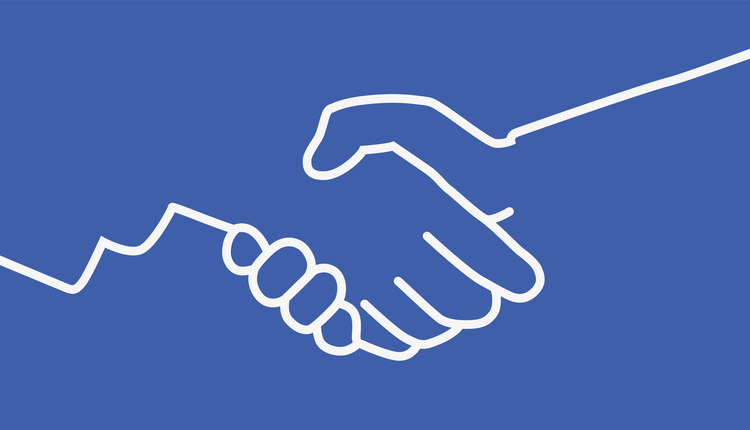Staffing issues and rising costs to deliver parcels to residential locations are resulting in a number of last-mile carriers encouraging their customers to use other options, such as third-party pick-up and drop-off locations.
By using these third-party locations, last-mile carriers are able to bundle parcels for pick-up and delivery and, thus, these parcels are treated as commercial deliveries – a less costly service for carriers.
UPS’s program, Access Points, includes its UPS Stores, self-service lockers, and a number of retailers such as CVS Pharmacy, Advanced Auto Parts, and Michaels. In total, there are over 20,000 Access Points in the US and 29,000 globally. In addition, there are 279 locker locations.
Meanwhile, FedEx’s Convenience Network has more than 62,000 retail locations in the US and includes retailers Walgreens, Dollar General, Office Depot/Office Max, Walmart, Target, Albertson’s, Randalls, Safeway, and more.
In October, Amazon introduced its own twist, Amazon Local Selling, which allows Amazon sellers to offer items to local customers in designated areas for in-store pickup on the same day.
Among the physical storefront retailer participants in Amazon’s Local Selling service are Mavis Discount Tire, Sears Hometown Store, 4 Wheel Parts, Electronic Express, Best Buy, Appliance Connection, Mattress Warehouse, Beach Camera, Adorama, DataVision, Exclusive Furniture, World Wide Stereo, MODIA, Focus Camera, and others.
Amazon and FedEx, in particular, have struggled with staffing issues. According to FedEx’s president, Chief Operating Officer, Raj Subramaniam, “the impact of labor shortages on our fiscal first quarter results, for the period ending August 30, was approximately $450 million.”
Amazon noted in its third quarter earnings that, “labor became our primary capacity constraint, not storage space or fulfillment capacity. As a result, inventory placement was frequently redirected to fulfillment centers that had the labor to receive the products.”
As a result, Amazon has offered online shoppers a $10 discount if they select a pick-up point to collect parcels instead of having them delivered to a residential location. In addition, Amazon Prime members are now having to pay a $9.95 delivery charge on orders from its Whole Foods subsidiary. Previously, this was a free Prime perk.
To encourage the redirect of FedEx packages to Walgreens’ locations, a $5.00 Walgreens coupon is offered as a thank you.
“Free shipping” to residential locations is under threat as carriers such as Amazon and FedEx struggle with staffing issues and parcel shipping costs rise.
Storefront retailers, for example, will likely continue to encourage curbside pickups and buy online, pick up in store (BOPIS) services as “free deliveries” and may charge a fee for all home deliveries. Many already charge for same-day deliveries.
As new entrants enter the last-mile market, there will be more options and perhaps even at lower or simpler rates. However, shippers will need to understand the services these entrants offer and how they may fit into shippers’ last-mile strategies.
Convincing consumers to pick-up or drop-off parcels at third-party locations will be a challenge particularly in locations that require consumers to drive to such a location. Coupons and delivery fees may incentivize consumers but ultimately staffing shortages and higher shipping costs will likely hasten the end of “free shipping” as retailers and other shippers are forced to pass on shipping costs to consumers.
With over 25 years of supply chain experience, John Haber has helped some of the world’s leading brands drive greater efficiencies through their supply chain operations while reducing transportation, distribution and fulfillment costs. After a successful UPS career, John founded Spend Management Experts, now part of Transportation Insight. He uses his finance background combined with decades of experience working with high-volume shippers to offer unique insights on strategic supply chain planning including distribution model optimization, transportation cost analysis, and carrier contract optimization and compliance.
This article originally appeared in the November/December, 2021 issue of PARCEL.



















